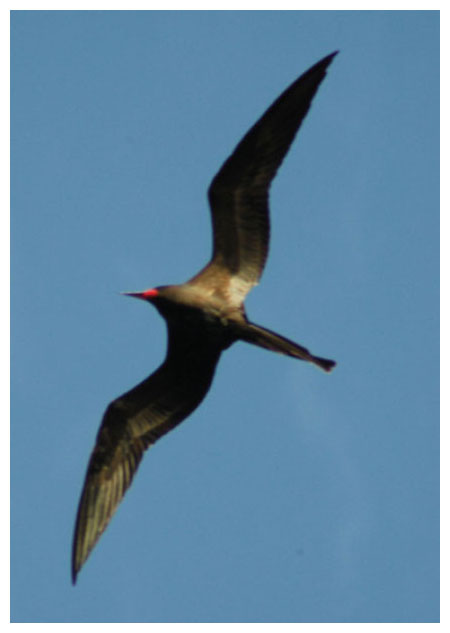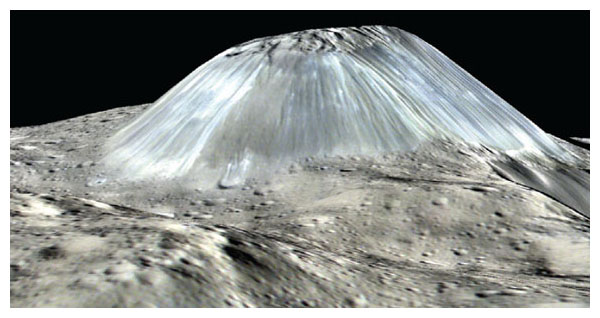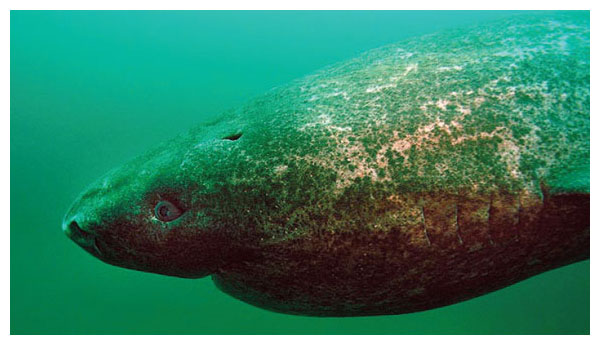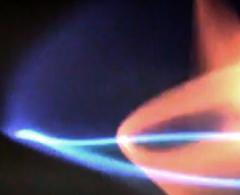
This Article From Issue
November-December 2016
Volume 104, Number 6
Page 331
DOI: 10.1511/2016.123.331
In this roundup, digital features editor Katie L. Burke summarizes notable recent developments in scientific research, selected from reports compiled in the free electronic newsletter Sigma Xi SmartBrief. Online: https://www.smartbrief.com/sigmaxi/index.jsp
Birds Can Sleep While Flying
For the first time, researchers have put electroencephalograms (EEGs) along with data trackers on birds in flight and found that some birds manage sleep while flying for weeks without landing through use of partial sleep and carefully timed rapid-eye-movement (REM) sleep, all while somehow withstanding extreme sleep deprivation. The brain activity in 15 great frigatebirds, which have extremely long flight times, was monitored while they traveled for 10 days over 4,828 kilometers. Generally, only one hemisphere of a bird’s brain slept at a time, but the birds could reach REM sleep for short periods. The seabirds tended to sleep when riding thermals upward, a safer time than downward gliding. The birds still slept remarkably infrequently. It remains unknown how they endure prolonged periods awake.

Rattenborg, N. C., et al. Evidence that birds sleep in mid-flight. Nature Communications 7:12468 (August 3)
Ceres’s Baffling Geology

Study of the topography of dwarf planet Ceres, the largest body in the asteroid belt between Mars and Jupiter, has yielded unexpected insights that suggest it is geologically active. Imaging by the Dawn space probe has shown that the Ceres’s surface is bafflingly devoid of large craters. Based on the rate of crater impacts on other members of the same asteroid belt as well as collision modeling, the 940-kilometer-wide asteroid should have 10 to 15 craters with a diameter of at least 400 kilometers, but it has none that large. One explanation is that the asteroid showed up late to the asteroid belt party and has a different origin. Or perhaps—and astronomers seem to favor this explanation—Ceres has been resurfaced by geological processes such as the activity of ice volcanoes. A second study corroborates this idea, proposing that another anomalous feature on Ceres—a high, solitary peak called Ahuna Mons—is an ice volcano. The study says that the dome-shaped peak could have been formed by salty, slushy ice oozing to the surface. If that idea is correct, then Ceres has an unknown heat source driving its internal activity. Ultimately, Ceres’s geology not only will tell us about its formation but also will reveal much about the early Solar System.
Marchi, S., et al. The missing large impact craters on Ceres. Nature Communications 7:12257 (July 26)
Ruesch, O., et al. Cryovolcanism on Ceres. Science doi:10.1126/science.aaf4286 (September 2)
Zika Could Affect Adult Brains
A study adds to the concern about Zika, showing that the virus may affect the brains of adults, not just those of newborn infants. In areas with Zika outbreaks, peaks in the virus’s incidence coincided with unusual increases in reports of a form of temporary paralysis called Guillain-Barré syndrome. The increases in the syndrome’s incidence were between 100 and 877 percent when compared to baseline incidences, according to data from seven countries in South and Central America and in the Caribbean. The U.S. Centers for Disease Control and Prevention has concluded that Guillain-Barré syndrome is “strongly associated” with Zika virus, although the causative relationship has yet to be identified.
Dos Santos, T., et al. Zika virus and the Guillain-Barré syndrome—Case series from seven countries. New England Journal of Medicine doi:10.1056/NEJMc1609015 (August 31)
Longest-Lived Vertebrate

Radiocarbon dating of the eye lens tissue formed at birth in 28 Greenland sharks showed that these animals can live hundreds of years—longer than any other vertebrate. One female—the largest in the study, measuring 5 meters long—was estimated to be about 400 years old. The ages of many fish and sharks can be estimated using their bones, but those of the Greenland shark are particularly soft and difficult to date with such methods. These large sharks that live in the depths of the North Atlantic grow only about 1 centimeter per year. They do not reach sexual maturity until they are roughly 4 meters long and about 150 years old. This longevity suggests that the species is still recovering from overfishing before World War II, when large, reproductive individuals were harvested until few were left. Most Greenland sharks alive today, the ones that were small enough to avoid harvest back then, will not be sexually active for 100 years. That fact explains why so few sexually mature females, juveniles, or pups are seen among Greenland sharks.
Nielsen, J., et al. Eye lens radiocarbon reveals centuries of longevity in the Greenland shark (Somniosus microcephalus). Science 353:702–704 (August 12)
Oldest Fossil on Earth Found?
Rocks uncovered by snowmelt in Greenland may contain fossilized evidence of the earliest life ever found, from about 3.7 billion years ago. The rocks contain formations that resemble stromatolites, mounds created by accumulations of the earliest known microbes. This particular set is 220 million years older than the current record holder. Some experts counter that these formations could be the result of abiotic processes. If confirmed, they would show that life was well established on Earth just 800 million years after the planet’s formation, and perhaps 200 million years after the end of heavy meteorite bombardment. They also offer hints about what fossil traces on Mars might look like.
Nutman, A. P., V. C. Bennett, C. R. L. Friend, M. J. Van Kranendonk, and A. R. Chivas. Rapid emergence of life shown by discovery of 3,700-million-year-old microbial structures. Nature doi:10.1038/nature19355 (August 31)

American Scientist Comments and Discussion
To discuss our articles or comment on them, please share them and tag American Scientist on social media platforms. Here are links to our profiles on Twitter, Facebook, and LinkedIn.
If we re-share your post, we will moderate comments/discussion following our comments policy.